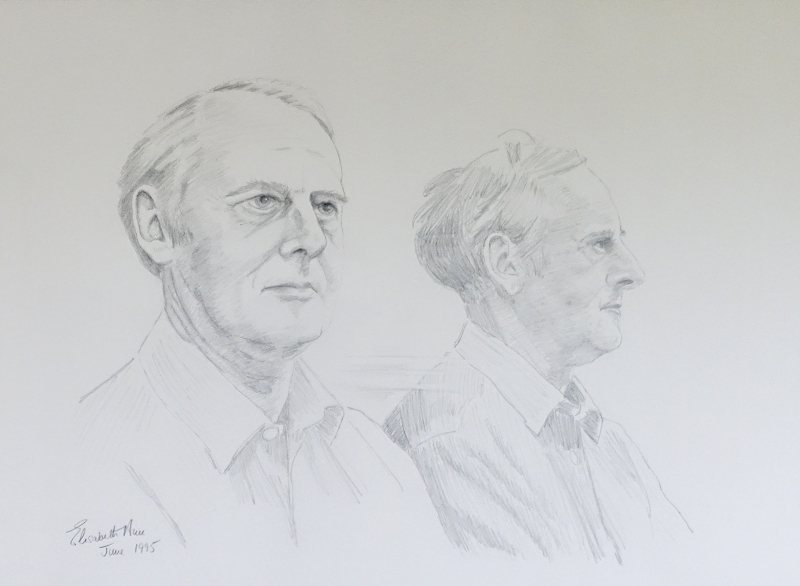
When the world suddenly stopped for me, and I found myself mysteriously unable to even get out of bed (M.E. and me) I decided to use the time to learn to draw. I needed to focus on something, and I’d always wanted to find time to ‘get artistic’. People who can draw say that we all can … just like we learn to speak, and to write …. so of course we can all learn to draw! Privately I would describe myself as useless … but it was something to take my mind off the scary new reality I had been plunged into.
I found a book to guide me. Kimon Nicolaides “The Natural Way to Draw”. And it proved to be a really good way in for me. His central idea was to look at what you are drawing and NOT at the paper. Feel the object you are drawing, and let your pencil follow the outlines. In essence it demonstrates that there’s nothing wrong with your technical skills (we can all manipulate a pencil) it is the looking and the seeing that are the stumbling blocks in learning to draw.
So I spent my time with large sheets of thin newsprint paper, a pencil, and anything at all to draw, from my shoes to my left hand! From objects I advanced to figures, wanting to capture movement. I didn’t have any live subjects to study … and anyway I maybe only had 10 or 15 minutes of energy a day. But I did have a video recorder, so I video-taped hours of Sumo wrestlers and occassionally racing, and freeze-framed to draw them!

After a while I started to develop some of the better scribbles, and added some shading

I had decided that my goal was to be the most difficult I personally could imagine – to draw portraits!! I’m useless at drawing, as I’ve already confessed. So I figured that portraits would be the most unforgiving of subjects I could imagine. We all read faces instinctively, and can tell instantly if the likeness is accurate. So it would be tough and challenging.
As I got more confident I moved on to using charcoal on brown wrapping paper, and then on stronger pastel paper. I started looking for more subjects. We did get newspapers delivered, so I ransacked the Sunday Supplements for faces to draw.

I also decided that there was so much to learn from the Old Master drawings … and began to copy them, to learn how they used techniques like cross-hatching to define volume by light and shadows. Here are two Raphael sketches I copied in order to study his technique.

Any visitors we had were asked to pose for a quick photo too! Like the cover photo at the top of the page, I tried to stand my ‘captives’ beside a mirror, to give me two perspectives at the same time.
By the time I was ready to move on to the more challenging world of pastels, I found myself using a drawing as a first step in the portrait process.
This is a quick snapshot of what took me some years to develop. But it was the under-pinning, the groundwork of my adventure into the world of painting. And although I had to let it lapse when I moved on to photography, what I learned is still there, if a little rusty!
On to Pastel painting
Back to the Hands On cover page
Flickr holds Elisa’s online Photo Gallery
© 2021 Elisa Liddell
